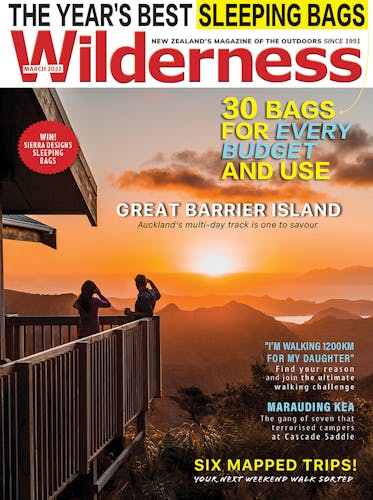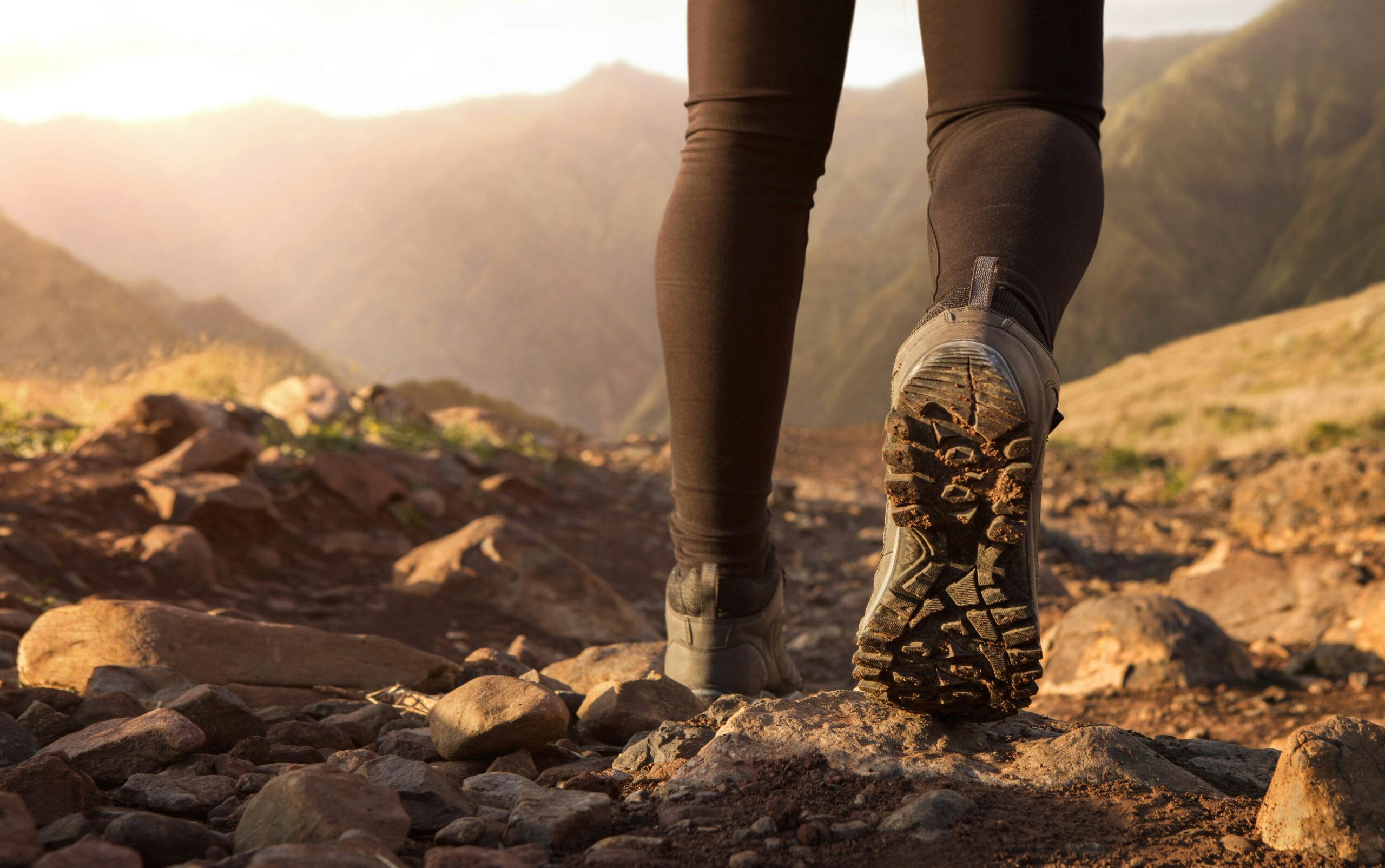What you wear on your feet can be the difference between completing your trip in comfort or ending it in misery. Katrina Megget seeks advice from Te Araroa Trail walkers on hiking shoes or tramping boots.
It’s a regular question for Te Araroa Trail walkers: what’s best, trail runners or boots?
Boots are sturdier with ankle support but they’re heavy and don’t dry out quickly. Trail runners are light and fast-drying but have less support and one pair is unlikely to last the 3000km distance.
When there are mountains, roads, sand, mud and more than 200 rivers to cross on South Island sections alone, it’s a tricky decision.
“We wanted to go as lightweight as possible, so we swapped to trail runners after years of hiking in boots,” says Jürgen Möller, from Germany, who, along with his son, walked the trail in 2018/19. “If I walked the trail again, I’d stick with trail runners. I will never swap back to boots.”
He says that despite getting some horrendous blisters, trail runners were the right choice for the terrain; perfect for river crossings because they dried quickly and good for road walking with the right sole cushioning.
“I never ended a day with that ‘I need to get out of these shoes before they drive me crazy’ feeling – in fact, I never took my shoes off after reaching camp,” Möller says.
But not everyone is a trail runner convert. Mark Evans from England, who walked most of the South Island in 2020, swapped his usual hillwalking boots for trail runners because of the number of river crossings. “I wanted footwear that would drain freely and dry quickly and the shoes were pretty good, certainly more comfortable than boots for road walking, but they started to wear badly after a few weeks.”
After six weeks, he was onto his third pair when the second pair turned out to be waterproof and unsuitable for river crossings.
While blisters weren’t a problem, Evans badly twisted his ankle. This was aggravated further by slipping on the uneven terrain. “I don’t believe this would have happened if I had been wearing boots as I have never twisted my ankle wearing boots,” he says.
That said, he admits shoes were probably the right option but his ideal choice for the trail (if they could have been found in-store) would be lightweight boots made from a tough material that drains freely.
For Dan Morriss, an American who walked the South Island north-bound in 2018, boots were the only choice. He wanted to avoid ankle-twisting incidents and to buy just one pair of footwear rather than several pairs of trail runners.
“The biggest con for boots is always going to be weight, but that’s the price you pay for the confidence of knowing that every one of your more than four million steps along the trail is going to land strong,” he said.
When Morriss started the TA, his boots had already walked 1600km in the Pyrenees. He’s wearing the same pair today, never once getting a blister. He acknowledges boots could be seen as a disadvantage for river crossings but the ones he wore dried out quickly enough, he says.
Boot-wearer Lesley Scott, from Britain’s Isle of Wight, who walked the trail with her husband, says river crossings are the major downside to wearing boots. She found the water helped her leather boots to stretch though, making them more comfortable to wear, and one pair lasted the whole trail. In addition, she feels boots were better when negotiating small streams and mud, providing better “protection” than the thinner, non-waterproof trail runners.
“I could wade through and know that my feet would stay clean and dry,” she says.
So, what’s better then? Boots or trail runners? It seems to come down to personal preference but the advice from those who have been-there-done-that is to test your footwear out and break them in before the trail.
As Scott says: “A long-distance hike is not the time to try new footwear.”








